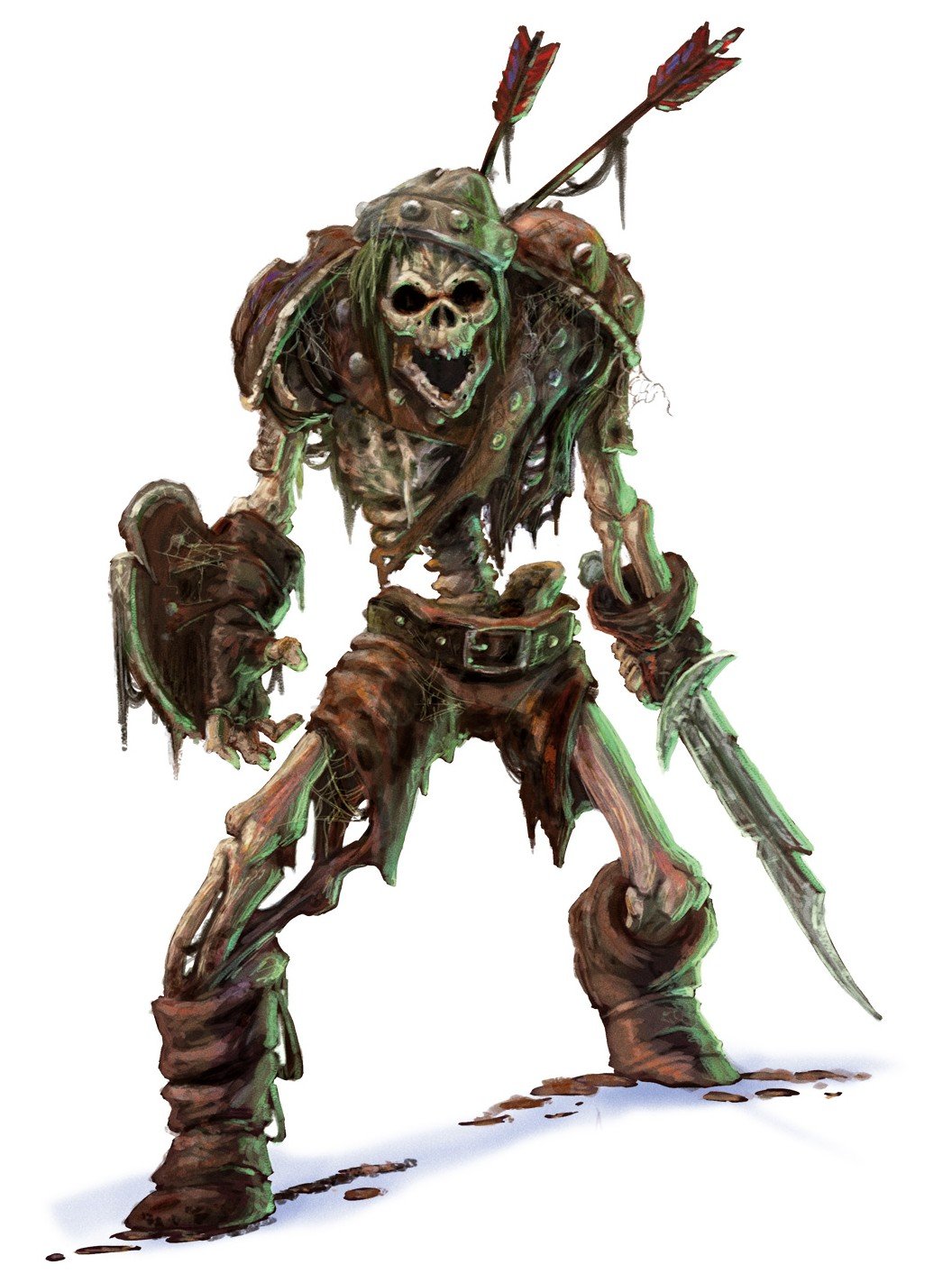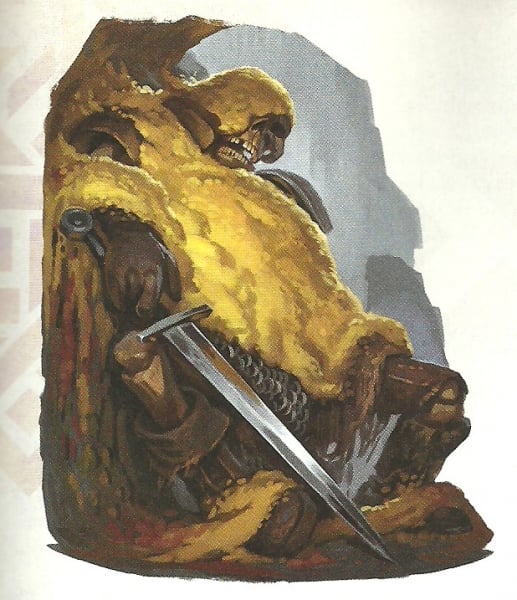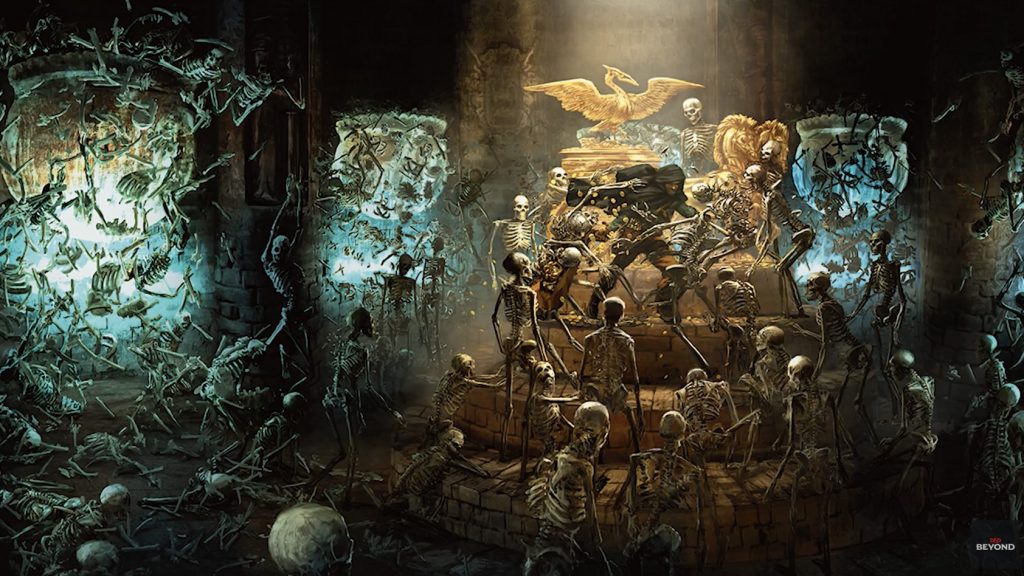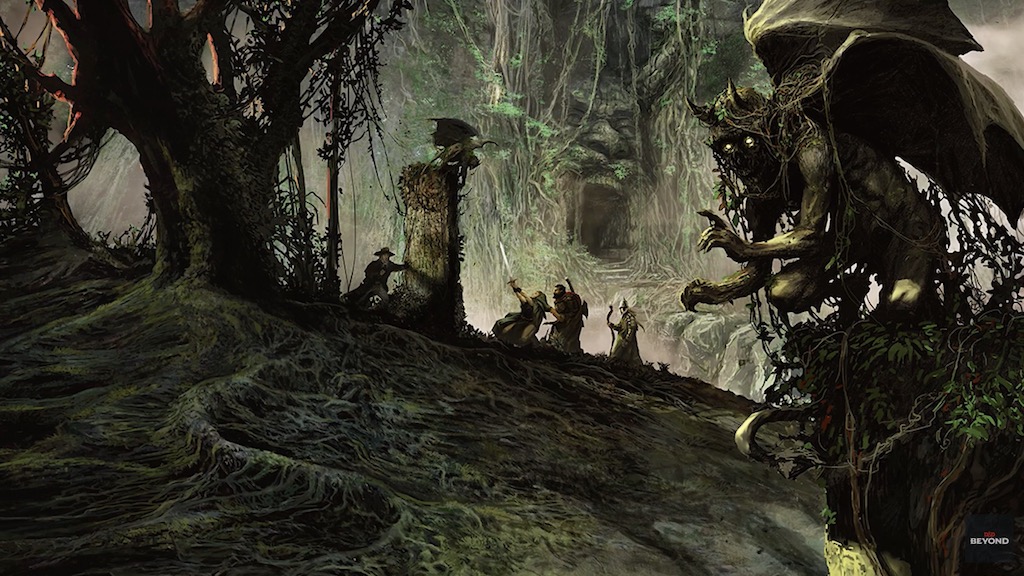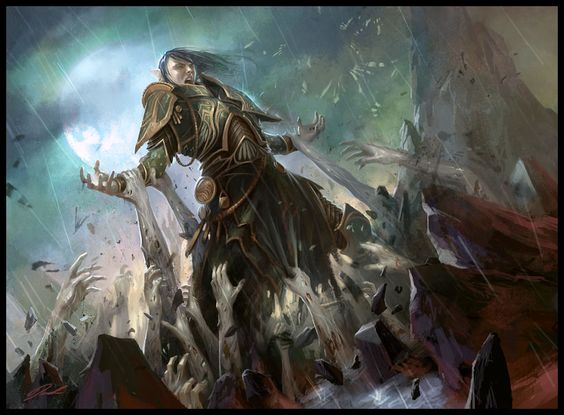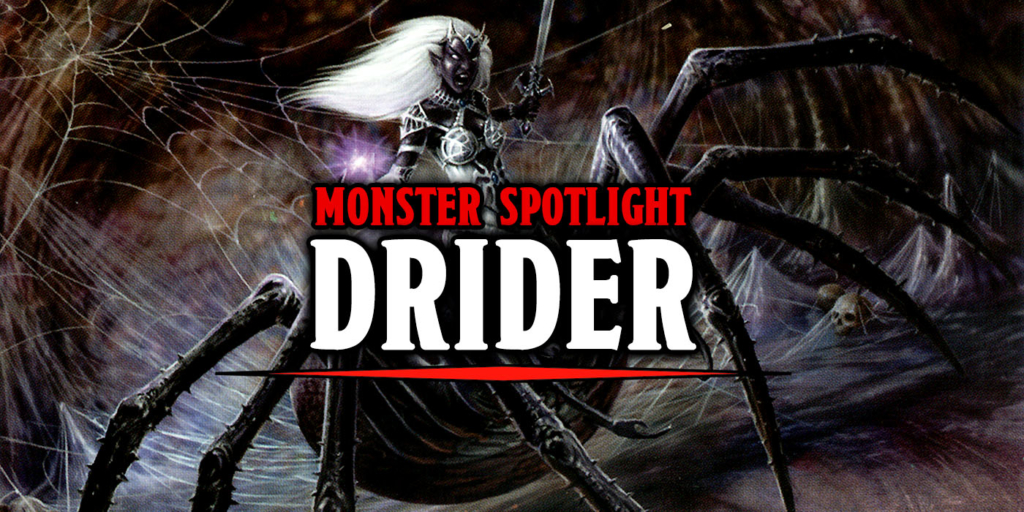D&D: How To Run A Horror-Themed Game
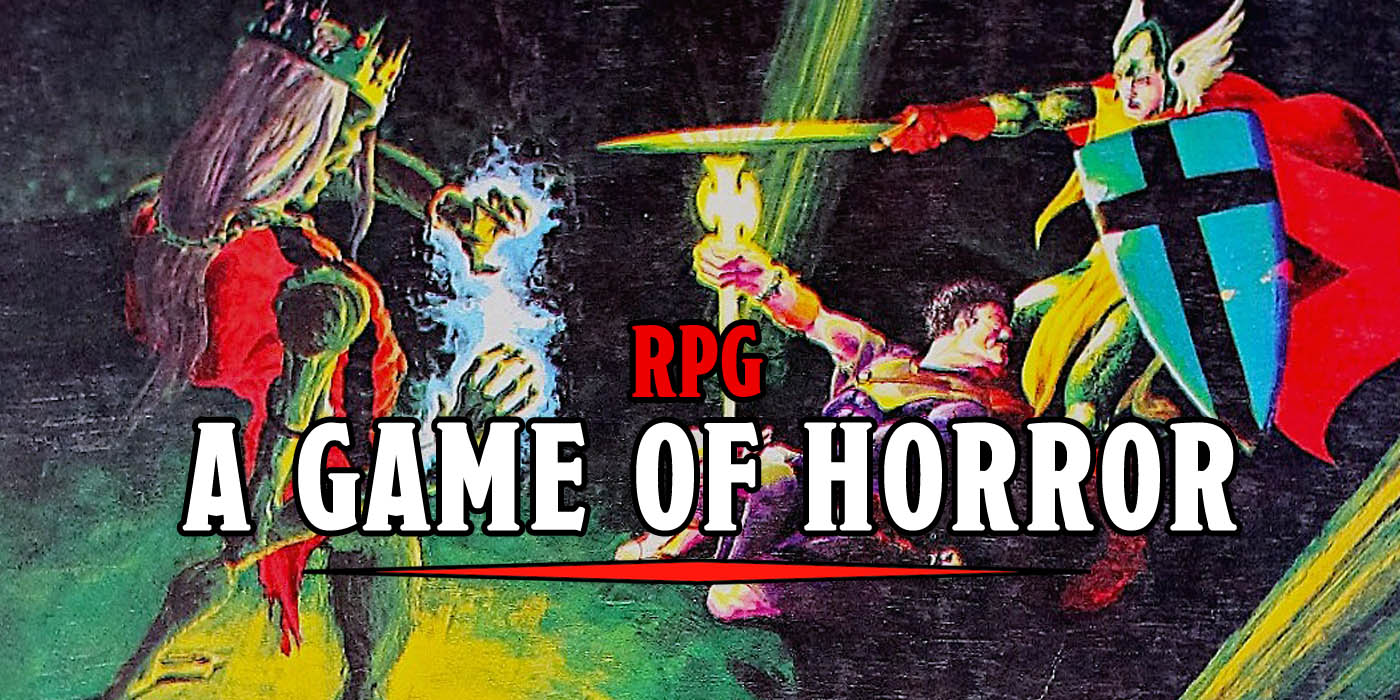
Horror and D&D don’t always play well together. But if you’re wanting to tackle the upcoming adventure with gusto, here are some tips to play with horror!
The upcoming new D&D adventure wants to add some horror to your game. Horror and D&D don’t always go the best together, because you can’t necessarily be scared when you’re level six and can smite away the ghost of your forgotten friend that’s somehow taken on the form of a weird cat. Horror is predicated upon power–or rather the lack of it in its heroes. There’s a reason the characters in horror movies aren’t fearsome warriors, even Army of Darkness sees its hero as an ordinary man trying his best. But when your coffers are lined with +1 swords and Magic Missiles, you have to lean on more than just witches and skeletons and ghosts, and skeleton ghosts (the ghosts of skeletons), and ghost skeletons (the skeletons of a ghost) to create “horror”. If done right, horror can really add to a game, but getting it right can be tricky. So make sure all the lights are on, the doors are locked, and the blankets are up around your eyes: let’s talk about how to use horror.
Now, we’ve talked about Horror in Gaming before, about how you can get your players to take risks, and how you can change the theme of your game to be about a horror narrative, but even if you’re not running a horror campaign, you can still use elements of it to spice up your game. So strap in, and let’s look at some other angles you can take to bring horror to your campaign.
Attack Their Strengths
As we’ve previously discussed, a big part of horror is a feeling of powerlessness. Now, this can be hard to do in a game like D&D or Shadowrun or something where the characters are typically heroic, powerful figures. Whether bristling with expensive cyberware or magic items, it can be hard to make a character feel that same dread of “how can I deal with these monsters.” But, if you go after the things that make them strong, that can often be a good way to (at least temporarily) make the characters feel vulnerable.
Rust Monsters are a classic example of this. Or the Zorbo out of the Tomb of Annihilation. They attack, or indeed draw strength from a character’s magic items. Or give a cybered up character a virus that turns their own upgrades against them. Basically, look for assets that you can deprive them of (even if only temporarily) to make them feel a little more vulnerable.
But that can only get you so far. Do too much and your players will hate you because you consistently undermine one of the biggest ways to measure character advancement. That’s why you don’t see negative levels anymore, nor is there a level/xp penalty for dying either. But if done sparingly, it can help get the players in the right place, mechanically speaking, to feel vulnerable.
But if you can lean on the mechanics of the game to convey a threat: characters that die are trapped in a magic relic and can’t be raised, or if you take damage from this monster your hit points are reduced until you can find something to take care of it, you can telegraph to your players the danger their characters are in. It’s something the players can see coming, and while they may not be ultimately afflicted by these penalties, it adds a little extra damage when a player is rolling death saving throws.
It also affects everyone in the world, which in turn is great because it gives you one of the best tools for helping to set player expectations–example.
Lead by Example
The best way to show off that something is horrific is by setting the tone. Let NPCs be scared, even powerful ones. Even if the players don’t buy in to the fear, you can set the stage and the tone for the encounter/adventure by letting the players see folks being scared.
By having other characters illustrate ‘we’re afraid of what’s happening’ the GM can show, rather than tell, the worry/fear/mounting dread on the faces of the NPCs. This can take some of the burden off of the players, and can say the stage for them to buy into the horror elements. If they see other characters belong terrified, it can remind players that sometimes it can be fun to play along. But even if they don’t seem inclined to play along, you can still get the idea of terror out in the world, and the PCs can contrast it with their own actions.
There’s a section in the 4th Edition Underdark guide that talks about how being in the Underdark for long stretches of time without seeing the sunlight or open spaces does things to a person–can start to wear on them.
This is a great chance to use horror to highlight the characters. Toss them in a party traveling on the Underdark for a while, especially if it’s with NPCs they care about and then let them see the oppressive effects. It can help convey that the PCs are heroic for holding it together, or make them feel okay portraying that mounting pressure. For extra measure, have your NPCs straight up ask the heroes how they manage. Let them see your NPCs being “vulnerable” and it can encourage the same thing in your players.
Or better yet, get your players in on the whole scheme.
Invite Players to Own It
There’s an old adage about why you show the monster as little as possible in order to build up tension in the audience. The mind will often come up with something scarier than anything you can provide. And you can use your own players’ minds against them–which sounds messed up, but, bear with me. What I mean is, you can all the players to describe the things that their players should find horrific.
Take a spell like phantasmal killer, which preys on a character’s worst fear. Invite the player of that character to describe that fear–or at least to hint at it through their reactions. Or if the players are supposed to happen upon a grisly scene, or witness sobering they’d find horrific, just ask for their input. You’d be surprised at how well this works.
I think a big part of it is that out gives the player some agency in the outcome. Because fear/vulnerability can be tied to powerlessness, it can be hard to arrive at those moments. But the truth is, we want those stories. We want those moments where our characters have to struggle and where they authentically feel worried (and the heroic overcoming later on), but we want them on our terms, even if we don’t realize it.
It comes back to control–if you give your players a chance to control the fear/horror element, to engage with it on their terms, you might find them embracing it. After all, it sets the expectation of the player that, hey, let’s be scared together. And so they may try and live up to that. People tend to want to meet expectations when they’re clearly communicated.
And plus, by inviting the player to participate, it helps set the idea that you’re telling the story of the character(s) experiencing whatever fear or horror you’ve set out for them. And even just reframing it like that can get someone on board. It makes them feel like they’re a part of the fun of horror. It can showcase their character in a way we normally wouldn’t get to see. It gives them better ownership of their characters and their campaign. And, ultimately, that’s what you want. That’ll lead to those legendary moments around the table.
So, whether you’re doing a whole horror campaign, or just looking to add some spice to your game, these are some things you can try to help your game go bump in the night.
Fellow DMs, how do you use horror in your games? Fellow players, how do you play those themes? Let us know in the comments!

